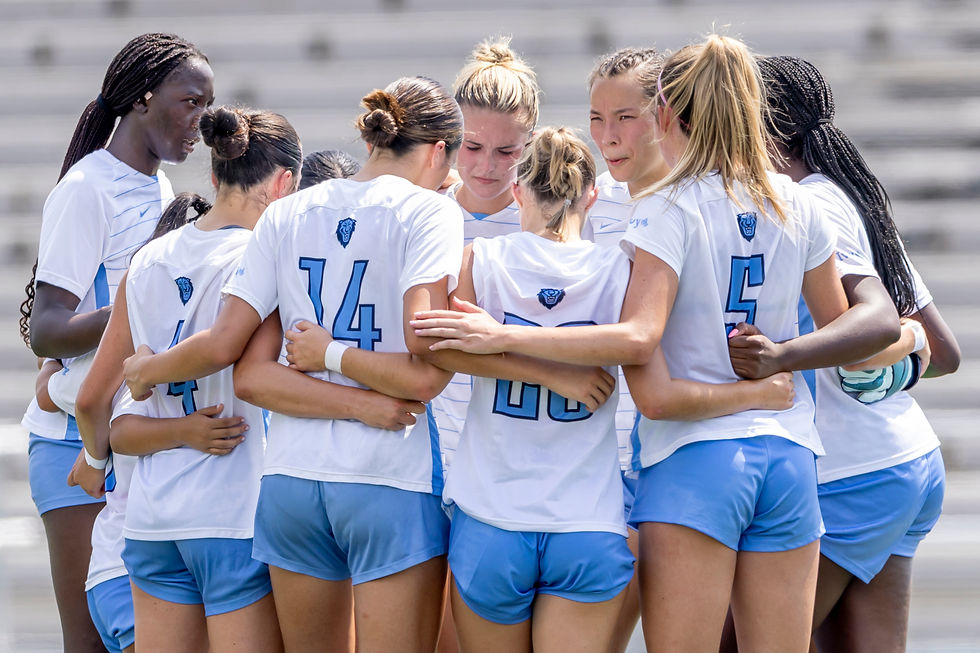The endless growth of pickleball
- Megan Morey
- 13 hours ago
- 3 min read
Why the sport once dominated by retirees is now the fastest growing in America, including at Columbia.

Artwork by Kathy Cao/The Barnard Bulletin
By Megan Morey
November 24, 2025
Pickleball, the hodgepodge of tennis, badminton, and ping pong, is sweeping the nation as America’s fastest growing sport. What once was a niche hobby has now evolved into a cultural phenomenon, sparking the creation of thousands of courts and international tournaments.
Despite its recent rise, the sport has actually been around for several decades. Pickleball was created in 1965 in Seattle by three friends looking for a cure to summer boredom. With access to a badminton court, but not enough rackets, the group resorted to raiding their shed. There, they found ping-pong paddles and whiffleballs, prompting them to improvise a game. To their surprise, the lightweight equipment created an addictively fast-paced game, one the trio would play over and over again and eventually name it pickleball.
Slowly, pickleball began to spread but primarily remained underground with its low-impact movements making it popular with those over the age of 65. Only during the pandemic, when people were looking for a socially distanced activity, did pickleball experience a surge in popularity. Today, pickleball is still the fastest growing sport in America, with the playerbase having increased 223.5 percent over the past three years. Additionally, in an age when youth interest in sports is beginning to wane, pickleball has become highly popular with younger audiences, with most players now between the ages of 23 and 34.
In response to this massive growth, pickleball courts have been popping up all over the country, often next to or sometimes replacing previously existing tennis courts. In 2023, Riverside Park implemented five pickleball courts as part of their facilities. Here, within the Columbia University community, the pickleball community also thrives, with the most popular way to participate being the Columbia University Pickleball Club. Despite the club being founded just this January, over 240 students have already joined the organization.
Max Han (CC ’28), founder and president of the club, cites the sport’s unique accessibility for its growth. “[The] game is not hard to get into and easy to learn,” Han stated. “You can recreate the cool rallies you see on TV very quickly.”
Pickleball is often compared to tennis, with some people arguing that its simpler learning curve make it a less serious sport. When asked to comment on this stigma, Han revealed that he, as a former tennis player of 11 years, had also held some prejudice for the newer sport. However, as his family was getting into the sport, his attitude changed. “Once you try pickleball, you’ll find it to be a truly different beast of a game,” Han commented. Relative to tennis, “it also has a lot more cardio.”
Above all, Han emphasized pickleball’s “unique and welcoming community” which he believes reflects the spirit of the sport itself. The Columbia University Pickleball Club works to incorporate this inclusivity by making activities open to all players. Whether you have never picked up a paddle or are a nationally ranked player, anybody can attend practice.
For those interested in picking up the sport, Columbia University Pickleball Club holds weekly practices at Dodge Fitness Center, on Wednesdays at 12-2 p.m. and Sundays at 3-5 p.m. with equipment provided. Beyond the campus, students can also play at Riverside Park for free. Courts are located at West 110th Street, and use of the facility is based on a first come, first served basis.




